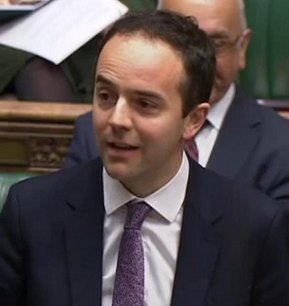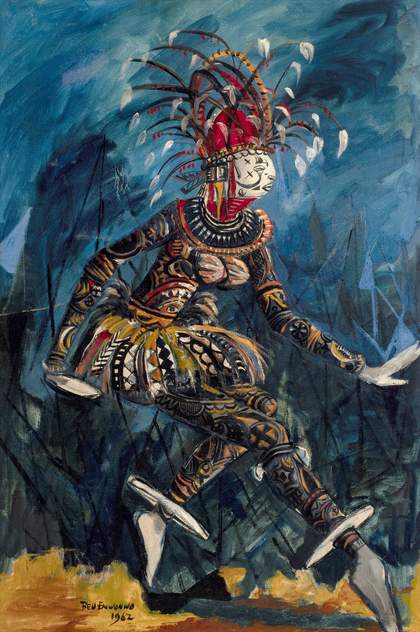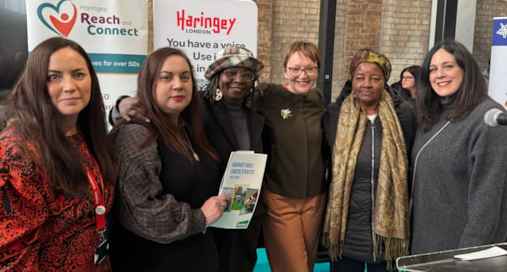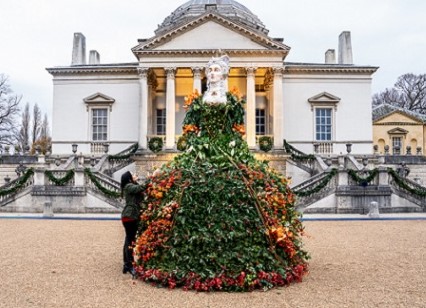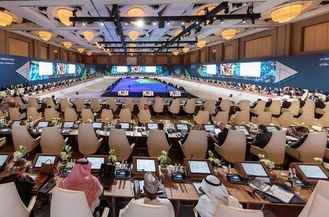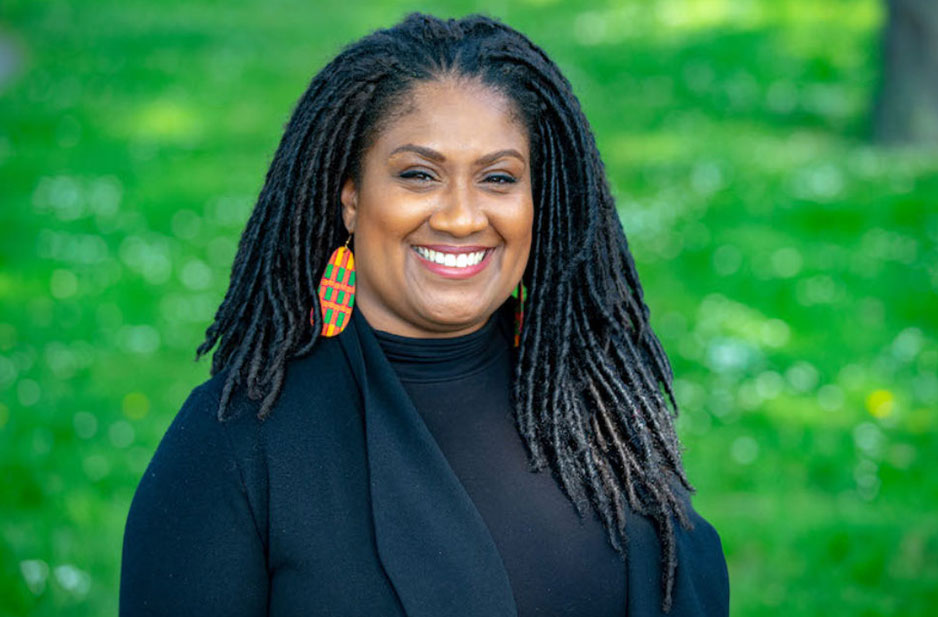Showcasing against the backdrop of Black History Month, the ‘Nigerian Modernism’ art exhibition is showing with a large-scale show at the UK’s first exhibition charting the development of modern art across the west African country and its diaspora.
Opening against the backdrop of Nigeria’s 65th independence anniversary the show, at Tate Modern, in London, is an important celebration of a lesser-heralded contribution of Nigerian artists to art history, for all art and culture enthusiasts to enjoy. Visitors can experience works from over 50 artists who have used their unique creative capabilities to respond to the nation’s shifting socio-political landscape during the mid-20th century.
The ‘Nigerian Modernism’ timeline starts in 1940, amidst Africa’s simmering decolonisation movement, before ending during an independent Nigeria of the 1980s. With works created during pivotal points in Nigeria’s history, the exhibition travels from independence, in 1960 and the ensuing economic boom, to the devastation of the civil war from 1967, to the expansion of a global diaspora towards the turn of the millennium.
There’s a wide varied art forms, from the patterned ceramics of renowned potter Ladi Kwali to the resonant portrait painting of arts educator Aina Onabolu and the frenetic, sinuous brushstrokes of modern art pioneer Ben Enwonwu, as well as sculptures and textiles. Many pieces merge indigenous creative practices with European techniques, demonstrating the breadth of Nigerian artistic tradition. With around 250 Ethnic groups and approximately 500 languages, Nigeria boasts a rich cultural legacy, dating back to the Iron Age, as evidenced by the terracotta Nok sculptures.
Curator of International Art at Tate Modern and curator of this seminal exhibition, Osei Bonsu, talked of the significance of the exhibition: “What’s important and unique about the show is how it celebrates artists who transformed modern art in Nigeria by driving forward an independent vision of Nigerian modernity, and also how it reveals the extraordinary contributions of Nigerian artists to art history generally,” he said.
"This exhibition is about drawing connections tying together key moments in Nigeria’s past and bringing questions around Nigerian artistry during this time period to light. Nigerian modernism is about how these artists fashioned their own ways to fulfil their desire to be modern. They weren’t always strictly conforming to other modern art movements spreading through Europe, such as cubism or surrealism. I hope visitors feel inspired by the wealth of artistic perspectives represented in the exhibition. There’s also a room dedicated to dramatist Duro Ladipo, who revived Yorùbá popular theatre traditions in the 1960s."
Through his theatre school, many artists became engaged with Yorùbá folklore and brought that into their art. Meanwhile, another critical narrative is the role of women with the show spotlighting figures like Clara Ugbodaga-Ngu, one of the first Nigerian and female artists to teach on Nigeria’s first art diploma at the Nigerian College of Arts, Science and Technology.
She was also one of the first Nigerian artists to be educated in the UK, joining the Chelsea School of Art in 1950, before influencing a generation of male artists but remains a lesser-known figure from that time period. Another important artist is Uche Okeke, whose exhibited painting called ‘Primaeval Beast’ is an important example of this, drawing from native folklore. “The show comes after about three years of research, though the groundwork was laid much before that,” Uche says.
“It was really exciting seeking out works that haven't been seen before. But locating works that speak to this profound art history (that hasn’t been presented on such a public platform before) was definitely a challenge, as was ensuring that the works were fit to be displayed.
“We partnered with the new Museum of West African Art in Benin City to assist with the conservation of pieces coming from Nigeria – that was instrumental to realising a show of this scale and ambition. Though not often documented, the contribution of its Nigerian diaspora is a critical part of what makes London such a dynamic city.
"So the exhibition is about celebrating the cultural links between Britain and Nigeria that still thrive today. It’s also important to show how Nigerian artists contributed to Black cultural pride and consciousness.
"The concept of a developing diaspora is a constant throughout the exhibition. The show, therefore, is relevant for audiences today because it connects to contemporary ideas about diaspora and outlines how Nigerian artists became part of a global dialogue.”
Highlighting its ongoing Black History (Months), ‘Nigerian Modernism’ is showing at the Tate Modern until 10 May 2026.


